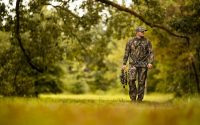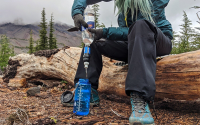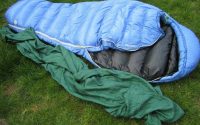The Ideal Gear List: Top 5 Essentials for Cold Weather Camping
Exploring the great outdoors is a rewarding experience that allows us to connect with nature, escape the hustle and bustle of daily life, and create lasting memories. However, venturing into the wilderness requires thorough preparation, especially when facing the challenges of cold weather.
Among the different gear needed for camping, certain essentials are crucial for maintaining warmth and comfort during colder months. In this article, we will delve into the top five essential gear items for cold weather camping that guarantee a safe and enjoyable adventure.
1. Camping Heaters
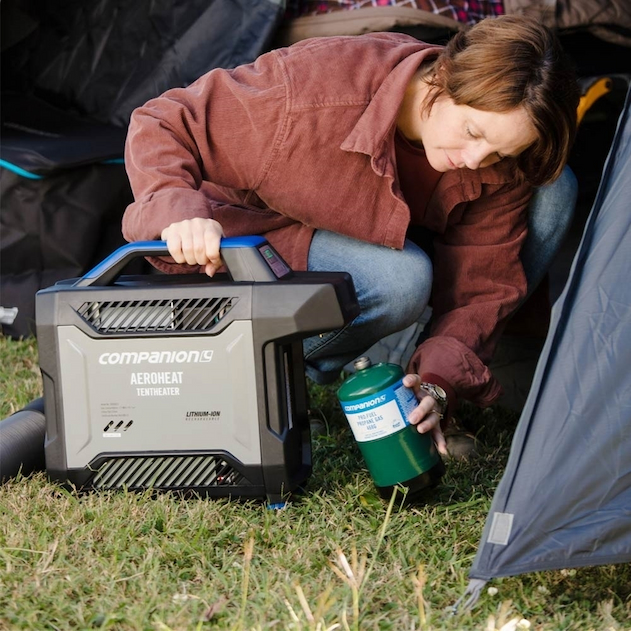
When it comes to cold weather camping, staying warm is paramount, and an efficient camping heater is one of the best ways to achieve this. These portable devices are designed to provide warmth in tents, ensuring a cosy environment even when the temperatures plummet outside.
Benefits
- Efficient Heating: Modern camping heaters are equipped with advanced technology to provide efficient and consistent heating. They can quickly warm up a tent, making the interior comfortable within minutes. Some models even have adjustable heat settings, allowing you to customise the temperature to your liking.
- Portability: Camping heaters are lightweight and compact, making them easy to transport and set up at your campsite. This portability is crucial for backpackers and campers who need to minimise the weight and bulk of their gear.
- Safety Features: Safety is a top priority when using any heating device, and many camping heaters come with built-in safety features. Automatic shut-off mechanisms turn the heater off if it tips over, preventing accidents. Oxygen depletion sensors (ODS) monitor the oxygen levels in the tent and shut the heater off if levels drop too low, reducing the risk of carbon monoxide poisoning.
- Versatility: These heaters can be used in various outdoor settings, including tents, cabins, and even RVs, providing flexibility for different camping scenarios. Whether you’re on a solo adventure in a small tent or camping with family in a larger setup, there’s a camping heater that suits your needs.
Use
- Placement: Always place the camping heater for tents on a stable, flat surface inside the tent. Keep it away from flammable materials and ensure proper ventilation to avoid carbon monoxide buildup. It’s advisable to place the heater in a central location to ensure even heat distribution.
- Fuel Type: Choose a camping heater that suits your camping style. Propane and butane heaters are popular for their efficiency and availability. Propane heaters, such as the Mr. Heater Portable Buddy, are widely used due to their balance of performance and fuel availability. Butane heaters are typically lighter and can be more efficient in warmer conditions, though they may struggle in extreme cold. Electric heaters are suitable if you have access to a power source, such as in RVs or campsites with electrical hookups. They are generally safer to use indoors as they do not produce combustion gasses.
2. Insulated Sleeping Bags
A high-quality insulated sleeping bag is another crucial piece of gear for cold weather camping. These sleeping bags are designed to retain body heat, keeping you warm throughout the night.
Benefits
- Temperature Rating: Insulated sleeping bags are rated for specific temperature ranges, allowing you to choose one that matches the expected weather conditions.
- Material: They are typically made from synthetic or down insulation, both of which provide excellent warmth. Down insulation is lightweight and compressible, while synthetic insulation performs better in wet conditions.
- Comfort: These sleeping bags come in various shapes and sizes, offering options for different sleeping preferences and body types.
Use
- Layering: For added warmth, consider using a sleeping bag liner. This extra layer can increase the temperature rating of your sleeping bag by several degrees.
- Proper Storage: Store your sleeping bag in a dry, ventilated area when not in use to maintain its insulation properties.
3. Thermal Clothing
Layering is the key to staying warm in cold weather, and thermal clothing forms the foundation of this strategy. Thermal base layers, mid-layers, and outer layers work together to trap heat and keep the cold out.
Benefits
- Moisture Wicking: Thermal base layers are designed to wick moisture away from your skin, keeping you dry and preventing chills.
- Insulation: Mid-layers, such as fleece or down jackets, provide additional insulation to retain body heat.
- Weather Protection: Outer layers, including waterproof and windproof jackets, protect against harsh weather conditions, ensuring you stay warm and dry.
Use
- Layering Technique: Start with a moisture-wicking base layer, add an insulating mid-layer, and finish with a protective outer layer. This combination allows you to adjust your clothing based on activity level and weather conditions.
- Footwear and Accessories: Don’t forget thermal socks, gloves, and hats to protect your extremities from the cold.
4. Portable Stove
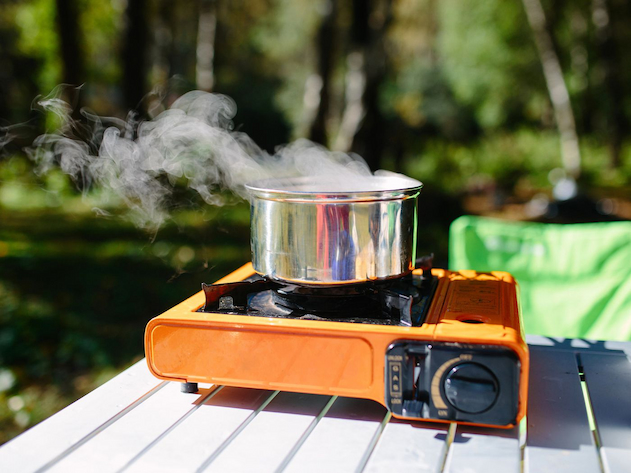
A portable stove is an essential piece of gear for cooking warm meals and boiling water, both of which are vital for staying warm and hydrated during cold weather camping.
Benefits
- Quick Meals: Portable stoves allow you to prepare hot meals quickly, providing much-needed warmth and energy.
- Boiling Water: In cold weather, it’s crucial to have access to hot water for drinking and preparing meals. A portable stove makes this possible even in remote locations.
- Versatility: These stoves are compatible with various fuel types, including propane, butane, and liquid fuel, giving you options based on your preferences and availability.
Use
- Safety: Always use the stove in a well-ventilated area and follow the manufacturer’s instructions for safe operation. Keep a safe distance from the tent and flammable materials.
- Fuel Management: Carry enough fuel for your trip, considering the cold weather can increase fuel consumption. Store fuel canisters in a cool, dry place away from direct sunlight.
5. Insulated Tent
An insulated tent is designed specifically for cold weather camping, offering enhanced warmth and protection against the elements.
Benefits
- Enhanced Insulation: These tents are constructed with materials that provide better insulation, keeping the interior warmer compared to standard tents.
- Weather Resistance: Insulated tents are built to withstand harsh weather conditions, including snow, wind, and freezing temperatures.
- Comfort: They often come with features such as reinforced poles, snow flaps, and extra ventilation options to enhance comfort and usability in cold environments.
Use
- Site Selection: Choose a campsite that offers natural windbreaks and is elevated to avoid cold air pooling. Clear the ground of snow and debris before setting up your tent.
- Ventilation: Proper ventilation is crucial to prevent condensation buildup inside the tent. Use the tent’s vents and openings as needed to maintain airflow.
Conclusion
Camping in cold weather can be a thrilling and rewarding experience, provided you have the right gear to keep you warm and safe. Each of these items plays a crucial role in ensuring a comfortable and enjoyable camping trip, even in the harshest conditions. By carefully picking your gear, you can embrace the beauty of the winter wilderness.
So pack your bags, prepare for the cold, and embark on your next adventure with confidence, knowing you’re well-equipped to handle whatever nature throws your way.

